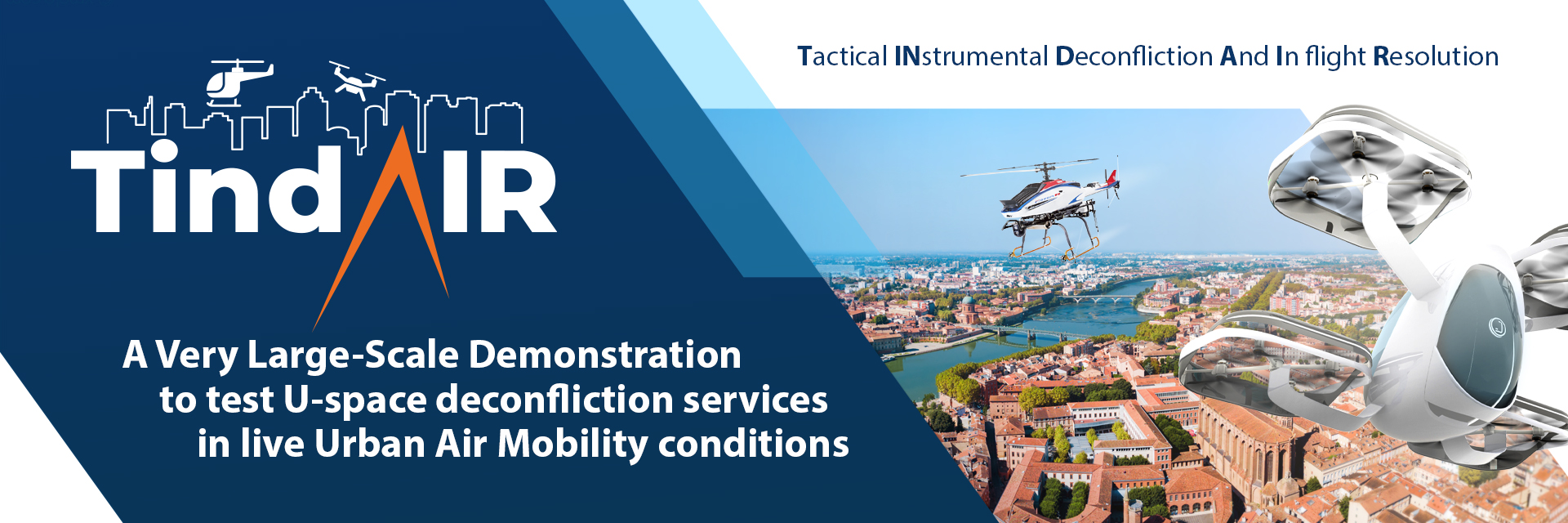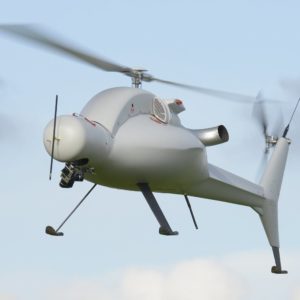Final results workshop
TindAIR final workshop took place on December 15th, 2022. It was the opportunity to present TindAIR project’s results. Here is a long article and quite

As the demand for the use of uncrewed air vehicles (UAV) in urban settings grows, so does the need to ensure the unlimited, unrestricted and safe cohabitation of all airspace users in our skies. To address this challenge, a group of innovative companies and research laboratories from France, Italy, Spain and the United Kingdom, coordinated by Innov’ATM under the aegis of the SESAR Joint Undertaking, have teamed up to launch TindAIR, a series of very large-scale demonstrations on urban air mobility, with a focus on tactical deconfliction.
What is Urban Air Mobility? It can be defined as the transportation of people and goods by air within individual cities or from locations outside a city inside the city area. This new mode of transportation is expected to become a reality in Europe in 3 to 5 years according to the European Aviation Security Agency (EASA). Shifting a part of the city transportation flow from ground to air will help to reduce greenhouse gases, as well as improving time of travel. It will also represent a tremendous opportunity for business as the European share of the UAM market is expected to be around 4.2 bn € by 2030 (Mc Kinsey report for EASA- 2021 – Report on social acceptance of UAM).
Before lift-off, this new transportation system needs to be integrated safely into the skies, alongside existing crewed aviation and air traffic control. To tackle this issue, the research and innovation programme SESAR Joint Undertaking is pooling Europe’s resources and expertise to develop new operational concepts, on the safe and secure integration of drones. This set of services, called U-Space, relies on a high level of digitalisation and automation of functions, and on specific procedures designed to support safe, efficient and secure access to airspace for large numbers of drones. It is in this context that the TindAIR project was launched.

The aim of the project is to provide U-space users with a tactical deconfliction service. As urban areas are very dense and many aircraft with different sizes and speeds will be sharing the same airspace, a service to prevent and avoid collisions is necessary.
This service includes systems and devices that detect possible conflicts and provide alerts in a timely manner. Through a safe communication link, it sends appropriate instructions to change the aircraft speed, altitude and/or heading as needed to safely and efficiently deconflict and to guide the re-routed aircraft back to course once the conflict is solved.

The TindAIR consortium will operate a series of demonstrations, covering a range of representative and operational use cases, featuring a combination of crewed and uncrewed aircraft. Operational scenarios address existing urban needs ranging from medical emergency transport to a mix of freight and passenger flights, including extreme cases like sector saturation capacity and emergency landing. They also involve different types of platforms with various capacities and levels of automation, all sharing the same airspace volume. The regions of Toulouse and Bordeaux will host these full-scale trials.

TindAIR final workshop took place on December 15th, 2022. It was the opportunity to present TindAIR project’s results. Here is a long article and quite
TindAIR team was happy and proud to be present at the EU Drone Days event held in Brussels on 29-30 November. The European Commission presented
A presentation of our work TindAIR Open Day took place in Occitanie, France, at the end of September. It was the opportunity for the consortium
TindAIR 2022 – All rights reserved